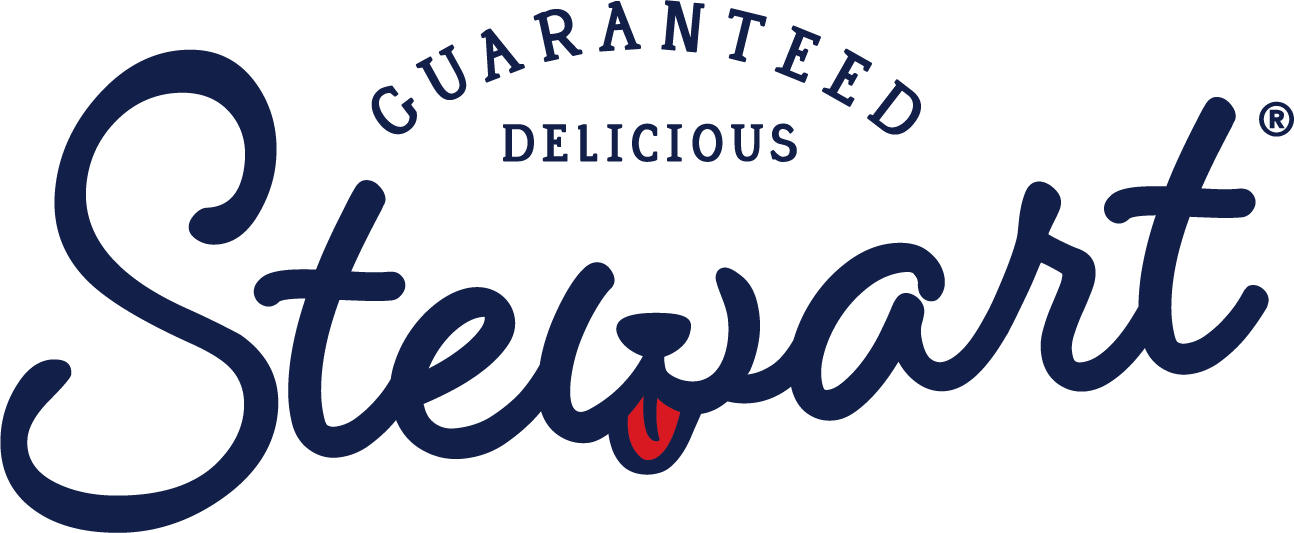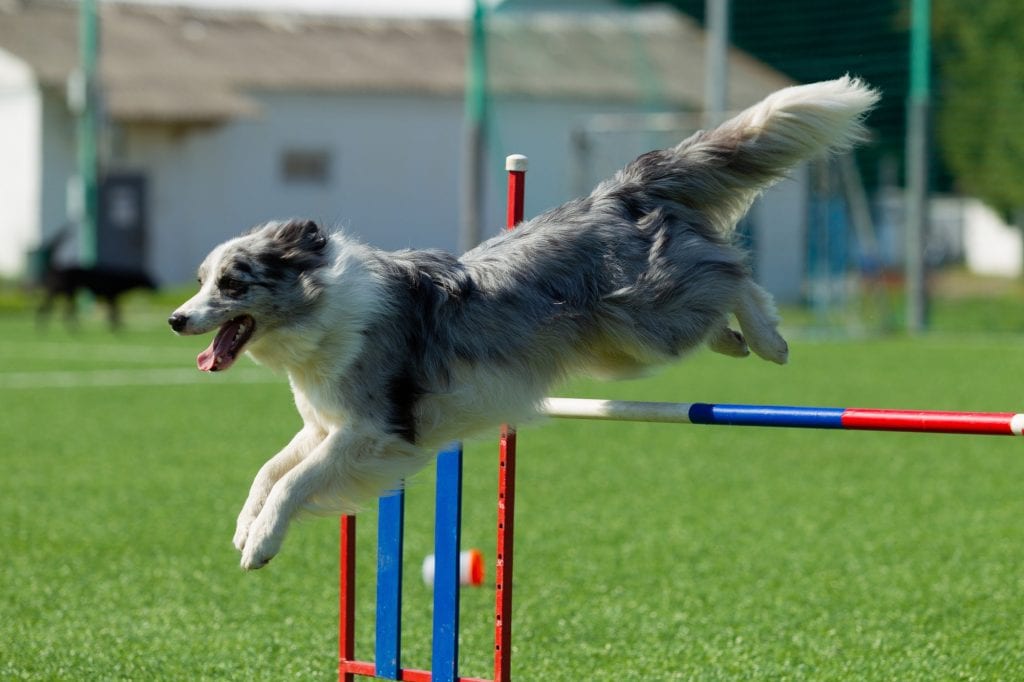If you’ve never been, agility competitions for dogs are as high energy and fierce as high school cheerleading meets. Competitive agility training is a whole subculture: dogs of every size walking on ramps, jumping through A-frames, and weaving through poles mere inches apart while their owners fervently watch and guide. Of course it doesn’t need to be a professional sport, it can also be just for fun; not only does it enhance your bond, but agility training is a wonderful way to keep your dog’s body in shape and mind sharp. But, before you go enrolling them in the next semi-finals competition, there are a few things to consider.
- Your dog’s athletic ability matters, as agility training and competing requires endurance and stamina. Their handler has to be able to keep up and guide them, too, so ask yourself if you’re physically prepared as well.
- Agility training happens between pet and owner but if you decide to compete there are a LOT of dogs, people, and commotion at the event which can be stressful. Be sure your pet enjoys (or can handle) this type of energy before you go signing any papers.
- Sure your pet can jump through hoops and walk across a wood plank but does it know “sit”, “stay”, and “come”? It may seem elementary but when there are an abundance of dogs running around off leash these commands really matter.
- Know the rules. Different organizations have different requirements so be sure to learn what’s expected of you and your pooch before you join.
- Know your dog. Learn what motivates your pet, be it a treat, tennis ball, or toy. These things will be wonderful tools in training but, ultimately, your pet will likely run the course without those motivators so be prepared to taper their use eventually.
- Train yourself. If you think you’re going to grab a couple Pro-Treats and seamlessly guide your pet through an obstacle course, you’re mistaken. There are ways to move and flow through the course to avoid confusing your pet; consider group or private lessons from a professional to aid in your finesse.
Once you’ve found a organization you like (if competing), figured out what your pet responds to, and taught yourself the right way to guide your pet – you’re ready to start training. Whether you set up a makeshift course in your backyard or join a group that meets at the park, remember to stay patient and have fun – this is about bonding with your pet and teaching them new things. Does your pet compete in agility, or do you train them just for fun? Show us more on Facebook!

